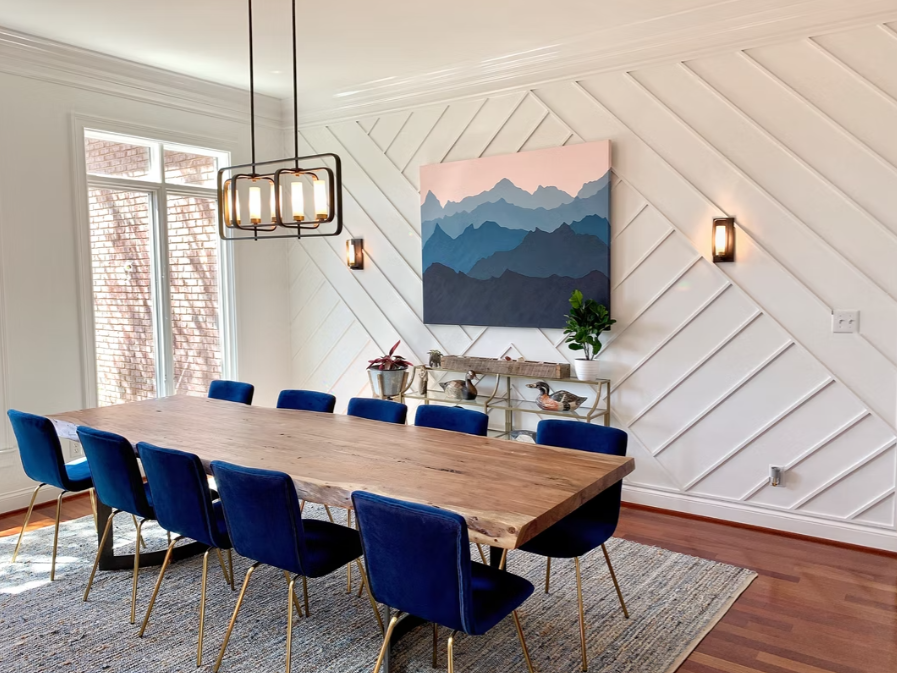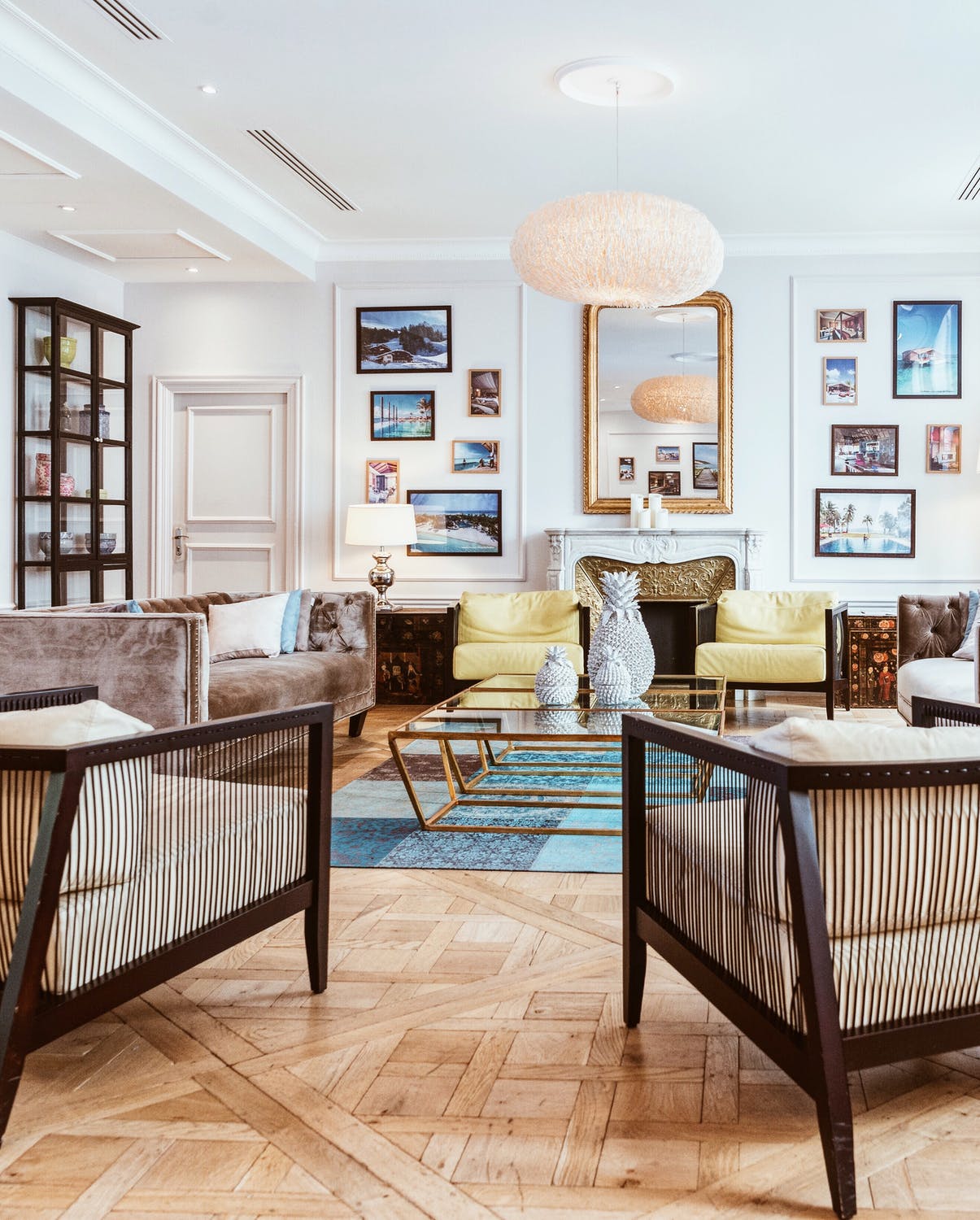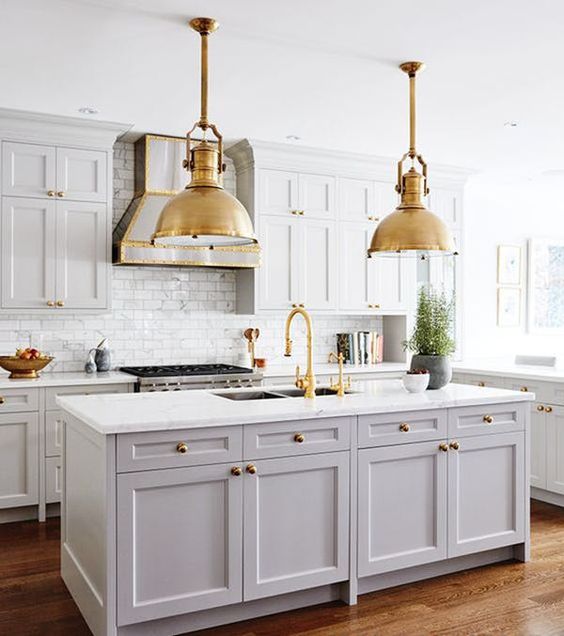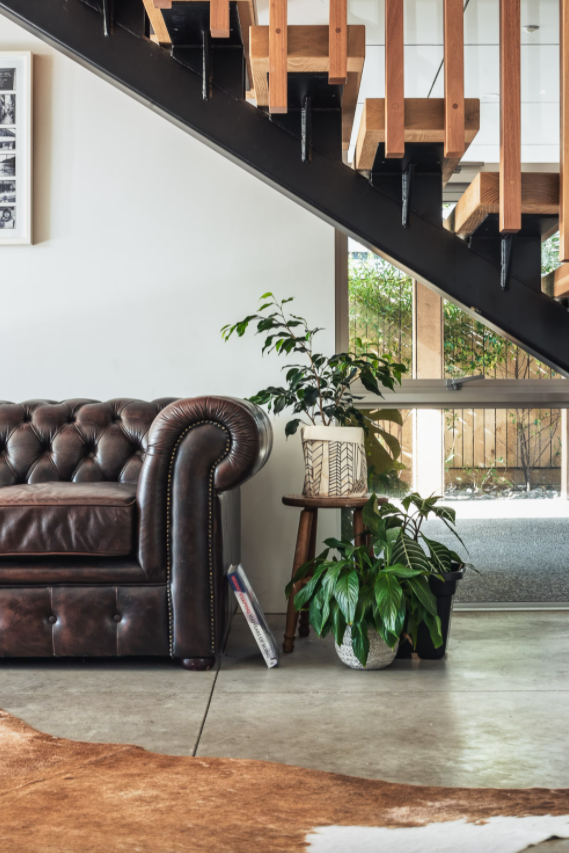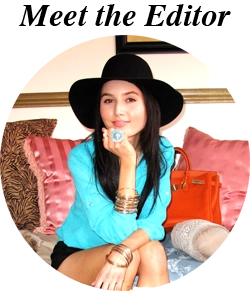The Hygge Aesthetic: Styling Tips for Warm, Minimalist Spaces
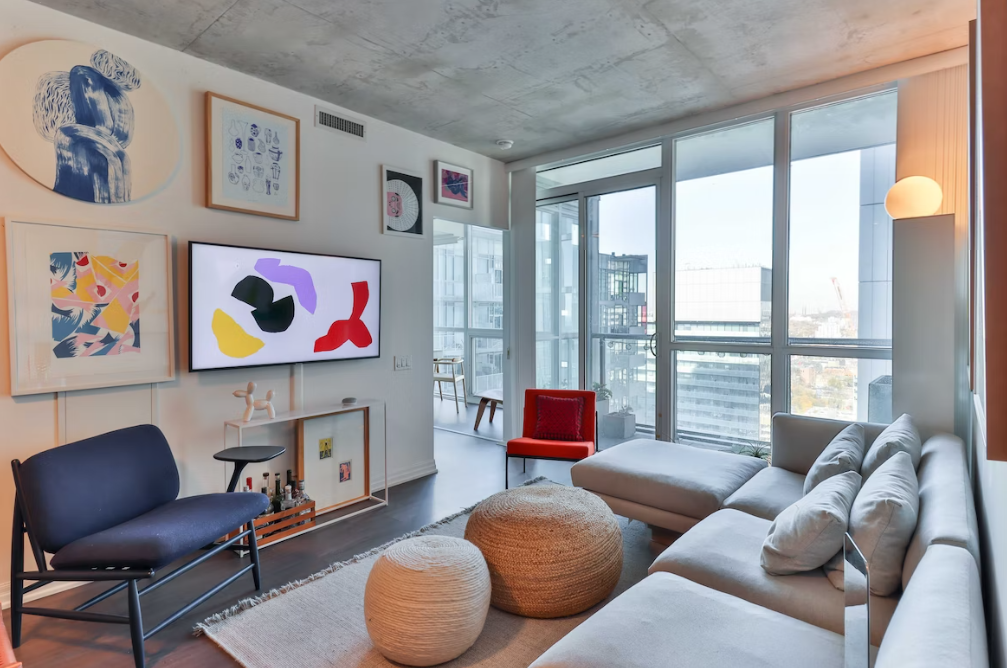
Combining simplicity with warmth to create a home space is a trend growing in popularity among today’s renters and buyers!
The concept of hygge originated in Denmark and embodies simplicity without sacrificing comfort. The components of hygge—clean lines, natural light, and inviting textures—provide an opportunity for relaxation in our hectic world. Hygge intends to build spaces that serve a purpose and encourage a nurturing environment, and that is part of the beauty of why this trend is growing in urban housing. Investors and homeowners also understand the connection of this lifestyle trend to rental desirability and real-world home value appreciation. Property management in Houston confirms that properties designed with a modern minimalist aesthetic and with welcoming touches are commanding greater returns on rent in competitive conditions.
Key Styling Tips to Embrace the Hygge Aesthetic
- Prioritize Functional Minimalism
Minimalism doesn’t mean getting rid of anything stylish—it is about bringing together functionality and aesthetics. By using an intentional selection of furniture, focusing on simple but sophisticated options, we can create open and airy rooms while still being cozy. The Hygge style goes one step further and creates nothing but intention in the space. For example, you are using a minimal couch that is upholstered with some softness or designing a dining table using reclaimed wood for a balance of usefulness and character.
From an investment standpoint, this style is a good investment. Property managers in the Bay Area may suggest implementing multi-use furniture (folding dining tables, sofa beds) that really hits the need for efficiency and style for urban renters. Minimalist decor builds give a sense of spaciousness, which intrigues tenants during property viewings.
Did you know?
About 62% of renters in the Bay Area search for housing options, including design elements centered around a functional and space-efficient, stylish way of living.
- Create Warmth Through Natural Textures
The Hygge aesthetic relies on natural materials like wood, linen, and wool. These natural elements soften a home’s interiors and allow a lived-in feel while still providing a minimal background. Visualize wood floors with a comfortable wool area rug on top or linen curtains billowing in a window and waiting for the sunlight to filter in; these touches can change the overall feel of a home.
Renters today want properties that can accomplish aesthetic style as well as comfort; natural textures can easily do both. Likewise, durable, sustainable materials provide another enticement to eco-minded renters, which is all the more appealing for the property owner. Tenants drawn to homes that convey a sense of warmth and connectedness to nature may also appreciate healthy lifestyle characteristics in their living space.
- Maximize Natural Lighting
Lighting serves an integral function in a hygge-influenced space. Large windows, sheer curtains, and responsibly placed mirrors maximize daylight, encouraging spaces to be brighter and feel larger. Soft, warm-toned, artificial lighting can be introduced in the evenings to bring an inviting glow to complement the natural light.
Property owners will benefit from maximizing natural light because not only will it cut monthly expenses, but the rooms will also feel larger and more welcoming for showing potential tenants. When spaces feel bright and inviting, tenants develop a stronger emotional connection. Studies show time and time again that well-lit homes are rented quickly and at even higher rates than darker homes. A simple design consideration results in a more satisfied tenant and a higher return on investment.
Did you know?
Houston rents have increased nearly six percent over the past year due to the increasing demand for homes with natural elements of design.
- Use Neutral Palettes with Cozy Accents
A central element of Hygge design is the application of neutral tones like beige, white, and soft grays. These muted shades offer a calming backdrop for potential renters to imagine their belongings in the space. Small pops of warmth in the form of throw blankets and rugs or wall art add comfort and personality.
By using a neutral color palette to furnish a property, landlords or sellers can ensure broad appeal for the widest market. A minimalist and neutral design also provides ease of staging and cost efficiency. Neutral tones are often favored by renters because they tend to exude a more modern, timeless, and versatile aesthetic. Additions that are cozy, such as cushions and textured throws, bring an immediate sense of livable charm and hospitality.
- Focus on Intimate, Inviting Spaces
Hygge design, much like minimalism, supports a sense of intimacy and comfort. Nooks for reading, soft arrangements of seating for conversations, or inviting dining arrangements create an overall feel of togetherness and belonging. In design, these items provide more than just style. They touch on lifestyle and wellness, and most importantly, they touch on the feeling of home.
For renters, well-considered design signals the value of the unit, and for owners, it’s an inexpensive way to differentiate a space in a competitive market. For example, if a small corner has a reading chair with warm light, the prospective tenants will get a sense of a retreat in the home. The prospective renters will perceive additional value in that chair and make decisions based on that information.
End Point
By integrating hygge-inspired elements into their designs, homeowners can create warm, minimal spaces that appeal to contemporary renters. With functional layouts, natural textures, cozy interiors, and neutral tones, both comfort and value are amplified. With designs influenced by lifestyle-oriented design styles, property owners can enhance their homes as viable options in competitive markets, resulting in shorter vacancies and longer-term returns.


